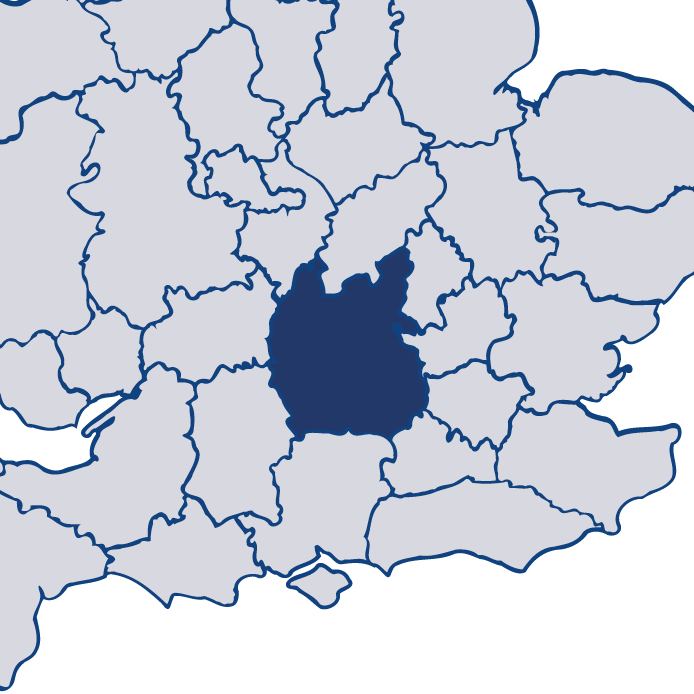Thames Valley 2018/19
Read more about Thames ValleyThis is HMICFRS’s fifth PEEL (police effectiveness, efficiency and legitimacy) assessment of Thames Valley Police. PEEL is designed to give you information about how your local police force is performing in several important areas, in a way that is comparable both across England and Wales, and year on year.
Thames Valley Police was inspected in tranche two and we found:
the extent to which the force is effective at reducing crime and keeping people safe is good.
the extent to which the force operates efficiently and sustainably is good.
the extent to which the force treats the public and its workforce legitimately is good.
Download the full report
PEEL: Police effectiveness, efficiency and legitimacy 2018/19 – Thames Valley Police

Zoë Billingham, Her Majesty’s Inspector of Constabulary
HMI's observations
I am pleased with most aspects of Thames Valley Police’s performance in keeping people safe and reducing crime. But it needs to improve in some areas to provide a consistently good service.
The force understands its communities. It tackles anti-social behaviour well and works closely with partner organisations to make sure it safeguards victims. But it needs to improve how it investigates crime through better training and more effective supervision.
I remain concerned about the force’s performance in recording crime. Although it has improved since our last inspection, it has much more to do.
The force has a good understanding of demand and how it will change, including the effect of technological change. It is using this knowledge to develop financial and workforce plans for the future.
Senior leaders continue to uphold an ethical culture and promote standards of professional behaviour well. But I am concerned about the extent of the backlog for vetting staff.
My overall assessment is that the force’s performance has declined since last year.
Effectiveness
How effectively does the force reduce crime and keep people safe?
Efficiency
How efficiently does the force operate and how sustainable are its services to the public?
Legitimacy
How legitimately does the force treat the public and its workforce?
Other inspections
How well has the force performed in our other inspections?
In addition to the three core PEEL pillars, HMICFRS carries out inspections of a wide range of policing activity throughout the year. Some of these are conducted alongside the PEEL inspections; others are joint inspections.
Findings from these inspections are published separately to the main PEEL reports, but are taken into account when producing the rounded assessment of each force's performance.





